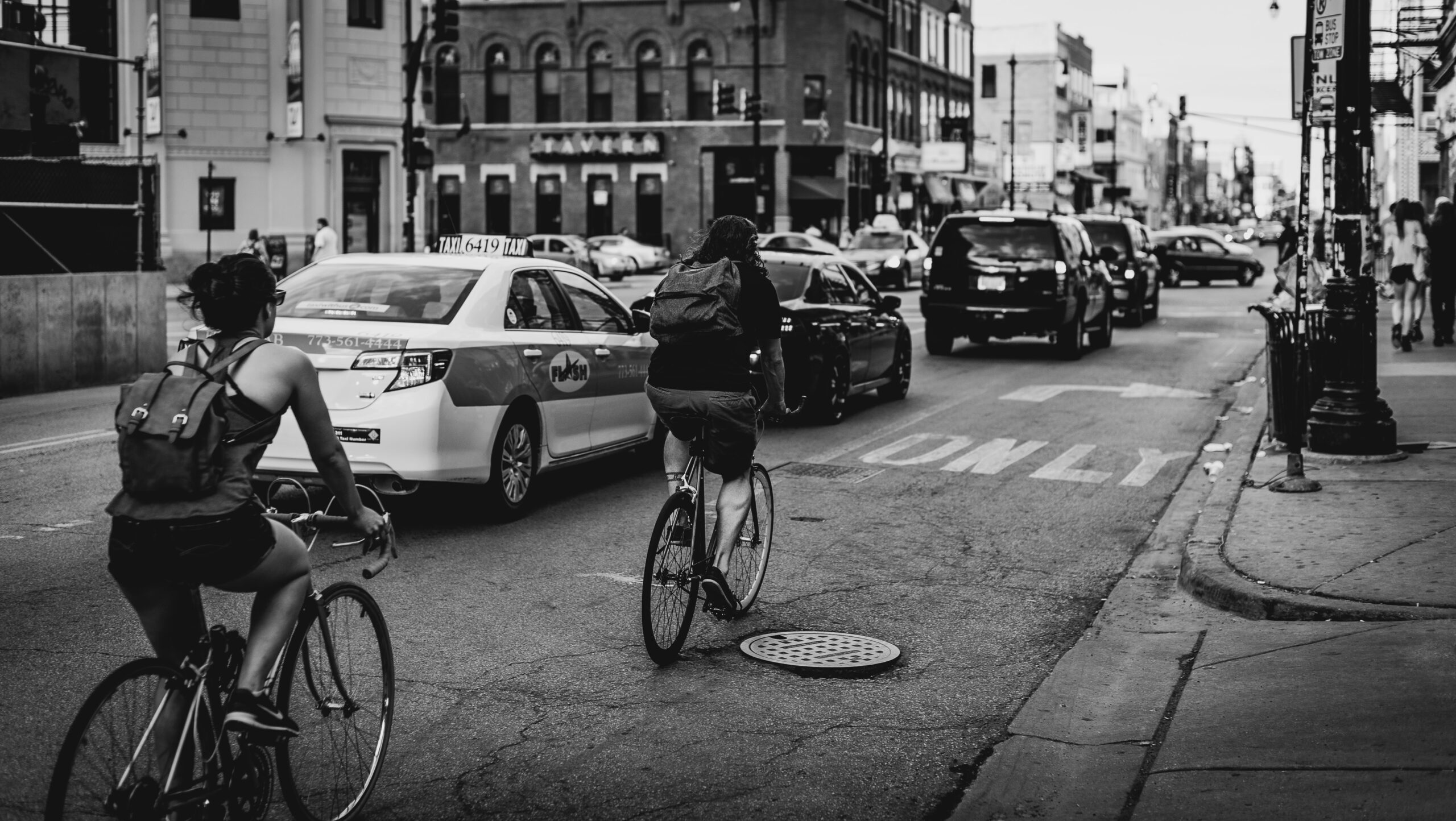Auto insu rance has several components that all insurance companies offer on their policies: liability and physical damage. Liability will cover you in the event that you injure others (either in your vehicle or another person’s vehicle, or a pedestrian) and the physical damage will cover your vehicle. Having “full coverage” on a vehicle means that it has both liability, which is required by law, and physical damage. Physical damage is not required by law, however it is required if you have a loan or lease on the vehicle. There are two types of physical damage coverages, collision and comprehensive. Collison would cover your vehicle if it is damaged due to an accident in which you are at fault. Comprehensive coverage would cover damage to your vehicle from any type of situation where you are not driving it, such as, but not limited to, theft, flood, fire, vandalism, hail damage, and other forms of natural disasters. An animal strike, such as hitting a deer, would also fall under comprehensive as it doesn’t involve another vehicle.
rance has several components that all insurance companies offer on their policies: liability and physical damage. Liability will cover you in the event that you injure others (either in your vehicle or another person’s vehicle, or a pedestrian) and the physical damage will cover your vehicle. Having “full coverage” on a vehicle means that it has both liability, which is required by law, and physical damage. Physical damage is not required by law, however it is required if you have a loan or lease on the vehicle. There are two types of physical damage coverages, collision and comprehensive. Collison would cover your vehicle if it is damaged due to an accident in which you are at fault. Comprehensive coverage would cover damage to your vehicle from any type of situation where you are not driving it, such as, but not limited to, theft, flood, fire, vandalism, hail damage, and other forms of natural disasters. An animal strike, such as hitting a deer, would also fall under comprehensive as it doesn’t involve another vehicle.
Every situation is different, but most people keep physical damage coverage on their vehicles well after the vehicle is paid off as well in the event of an accident. People typically remove full coverage from a vehicle when they deem the value of the car unworthy of the increased insurance costs. For instance, if the car has a value of $2,000 and you’re paying $600 per year for full coverage, you may decide it’s not worth carrying full coverage. Especially since a deductible, typically $500, would also be incurred in the event of a claim.
We’re happy to help coach you through this decision and give you more information if needed. Talk to your insurance agent today to see what options are best for you!

